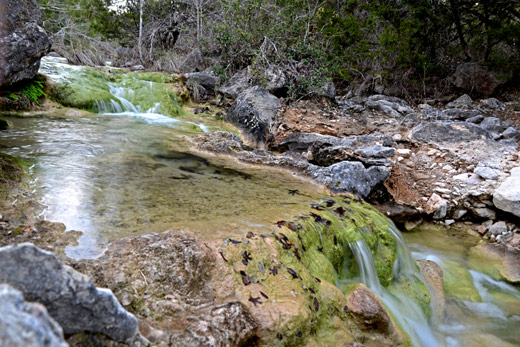Ninety-seven percent of the land in Texas is privately owned. It is regularly acknowledged that increasing fragmentation of private lands is one of the greatest threats to the sound management of our natural resources, including ground and surface water, wildlife habitat, and the farms, rangelands, and forests that produce our food and fiber. Landowning families experience intense pressure to divide their land into smaller and smaller parcels or to sell their land for development or other purposes, which result in the decline of ecological diversity and healthy functioning of the natural communities that sustain us all, whether we happen to live in, rural, urban, or suburban Texas.
For the past thirty years, I have managed my family’s ranchlands on the eastern and western edges of the Texas Hill Country and in the Davis Mountains of the Trans-Pecos. My maternal grandparents Fred and Vera Shield acquired this land between 1938 and 1950. Like landowning families across the state, we have faced inevitable challenges from within and from without. Strategic planning, opportunities in emerging markets for ecosystem services, and a diverse array of partnerships and collaborations have enabled us to continue to own and steward our land together.
Our 6,800-acre ranch in Southwestern Travis County lies in the path of Austin’s explosive growth… Read more from the Cynthia and George Mitchell Foundation

